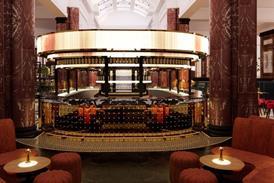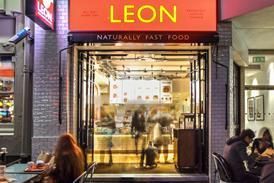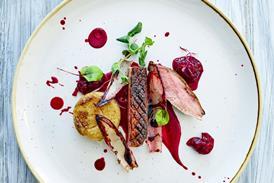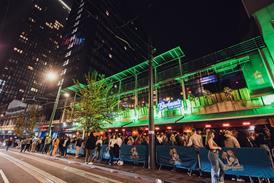Whitbread’s restaurant conundrum

Whitbread is very good at throwing cash at its hotels, but very bad at chucking money at its pub-restaurants, Dominic Walsh argues as the Beefeater and Brewers Fayre operator embarks on an overhaul of its estate
Already have an account? Sign in






























